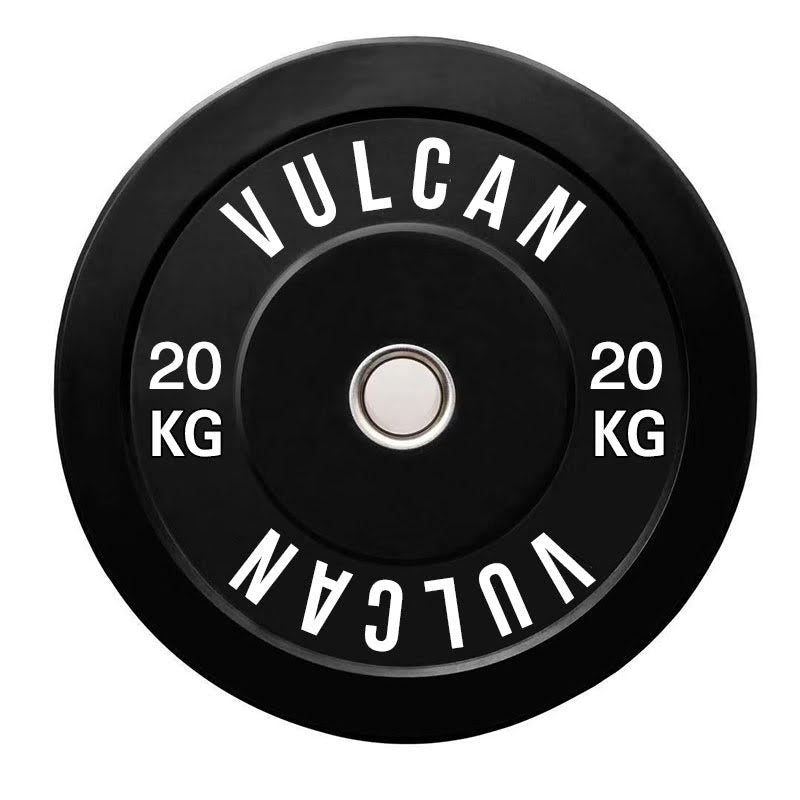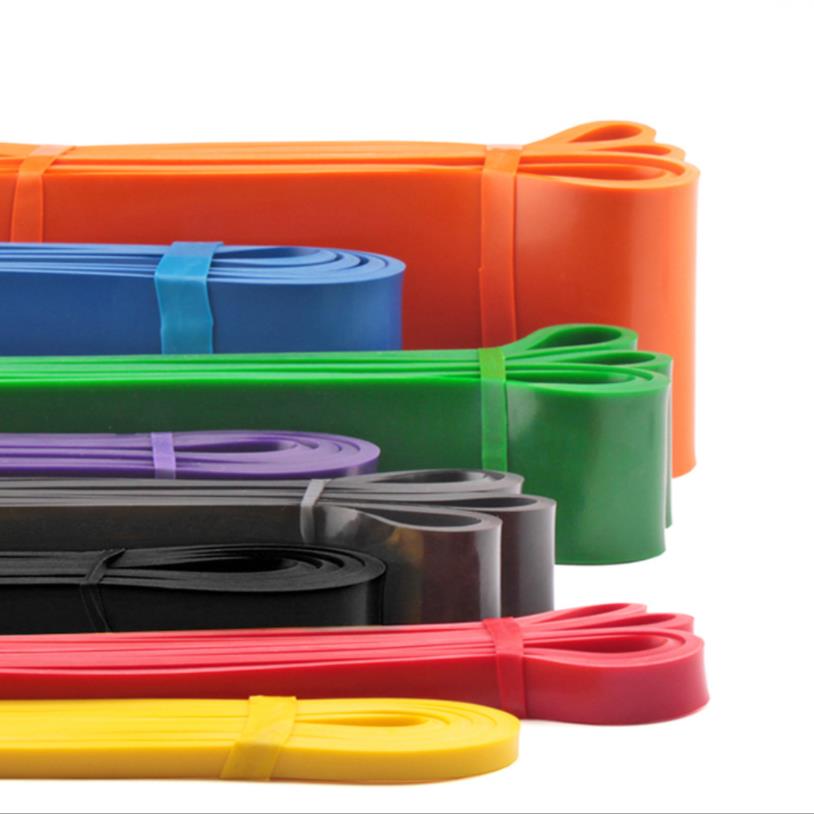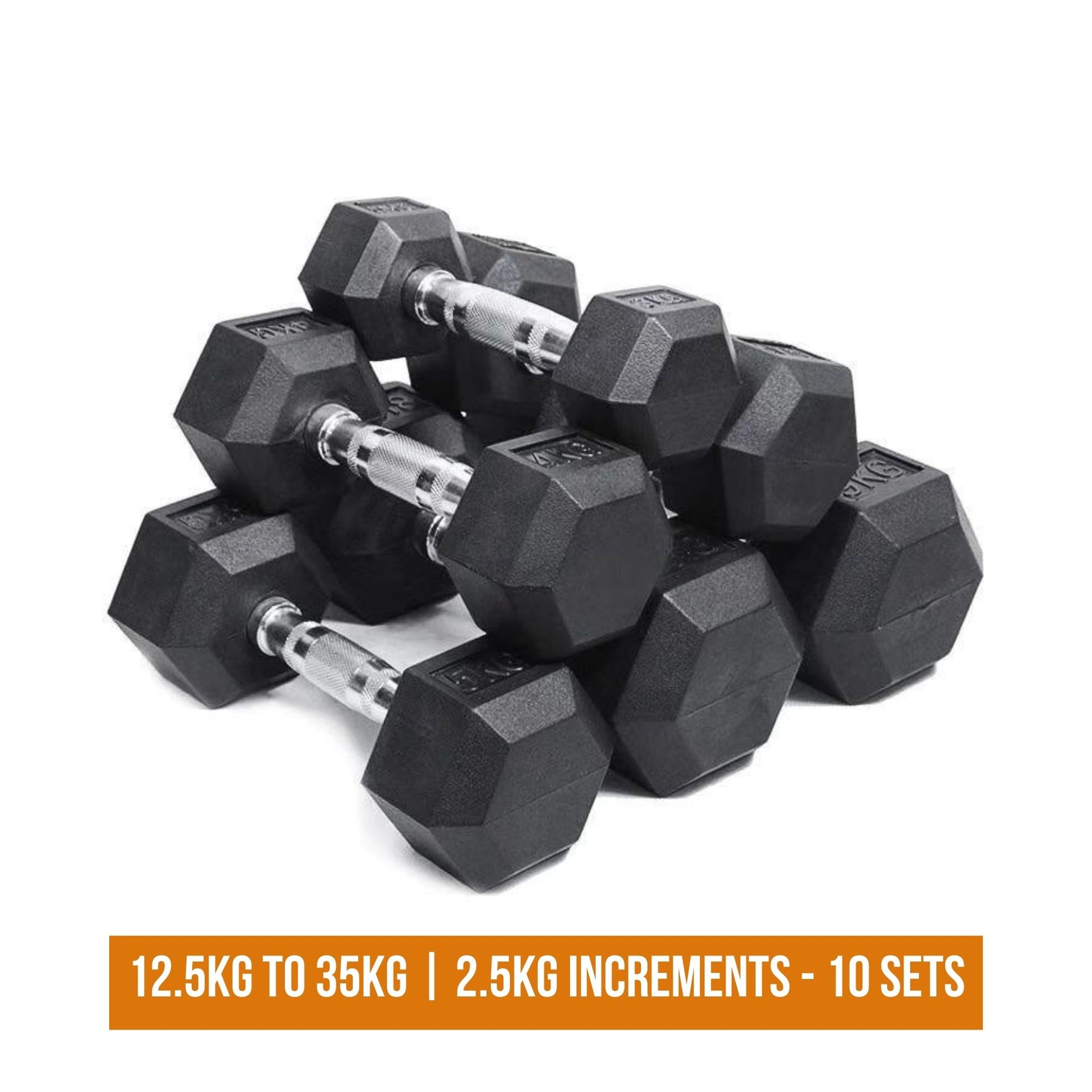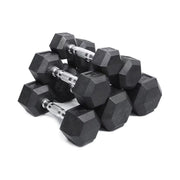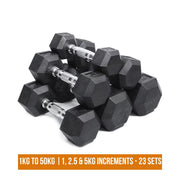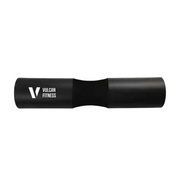5 Of The Best Strength Exercises For Runners
If you are training for an endurance event, your first inclination might be to reduce your time in the gym. However, to prevent injury it is vital to keep your strength sessions going!
Here at Vulcan, a few of our staff are busy training for their first half and full marathons. This ramp-up in intensity has resulted in our fair share of time at the physio. Here are some key exercises and tips we have picked up from the professionals.
One of the most common issues for runners is weak glutes, which is often caused by sitting for long periods of time (such as in an office job). Glute weakness leads to muscle imbalances or stability issues, resulting in injuries such as knee pain, hip problems, and even shin splints. Here is a quick circuit that focuses on building glute, hamstring, and lower body strength to reduce your risk of injury.

Hip Thruster/Glute Bridge
- Start by lying on your back with your knees bent and feet flat on the ground, hip-width apart.
- Place a barbell or a resistance band just above your hips and grip it firmly.
- Engage your core and push through your heels to lift your hips off the ground until your body forms a straight line from your knees to your shoulders.
- Squeeze your glutes at the top of the movement and hold for a second before slowly lowering your hips back down.
- Repeat for 8-12 of repetitions

Romanian Deadlift (RDL)
- Begin by standing with your feet shoulder-width apart, knees slightly bent, and a slight bend in your hips.
- Hold a barbell or dumbbells in front of your thighs with an overhand grip, hands shoulder-width apart.
- Keeping your back straight and core engaged, hinge forward at the hips while maintaining the slight bend in your knees.
- Lower the weight towards the ground, feeling a stretch in your hamstrings, but avoid rounding your back.
- Once you reach a comfortable stretch or when your upper body is parallel to the ground, squeeze your glutes and hamstrings to return to the starting position.
- Repeat for 8-12 repetitions.

Bulgarian Split Squats
- Stand in a split stance with one foot positioned forward and the other foot resting on a bench or elevated surface behind you.
- Keep your torso upright, engage your core, and maintain a neutral spine throughout the exercise.
- Lower your body by bending your front knee and descending towards the ground. Aim to bring your back knee close to the floor while keeping your front knee aligned with your toes.
- Push through your front foot to return to the starting position, focusing on engaging your quadriceps and glutes.
- Repeat for the 8-12 repetitions before switching to the other leg.

Calf Raises
- Stand with your feet hip-width apart, keeping your core engaged and your shoulders relaxed.
- You can either do calf raises on the ground or by using a step or raised platform for an increased range of motion.
- If you're using a step or raised platform, place the balls of your feet on the edge, allowing your heels to hang off.
- Slowly raise your heels off the ground or the edge of the step as high as you can, using the balls of your feet. Keep your knees straight but not locked.
- Pause at the top of the movement for a second, feeling the contraction in your calf muscles.
- Slowly lower your heels back down to the starting position, allowing your calves to stretch.
- Repeat the movement for the desired number of repetitions. Start with 10-15 reps and gradually increase as you get stronger.
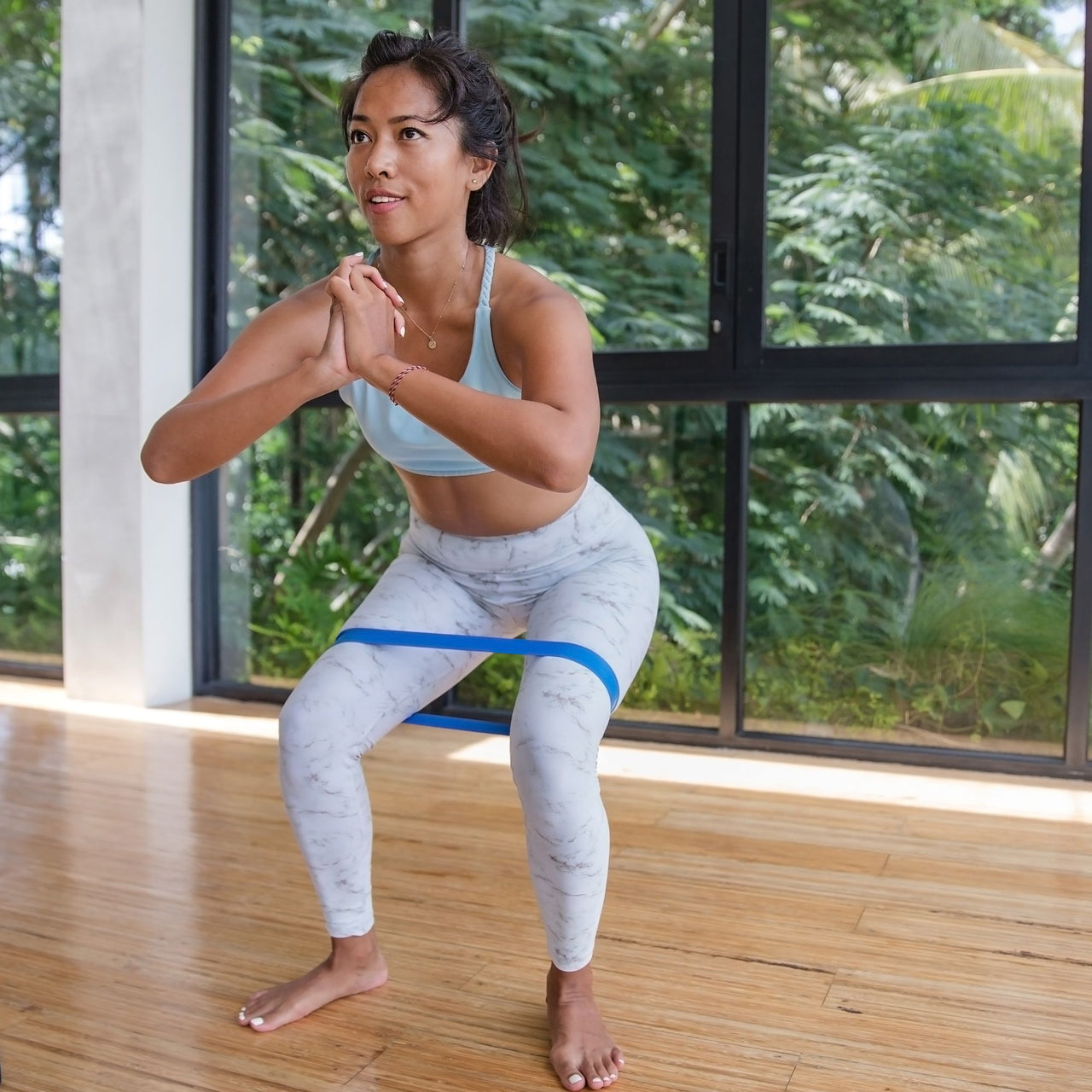
Banded Walks
- Place a resistance band just above the ankles.
- Assume a quarter squat stance with your feet shoulder-width apart and a slight bend in your knees.
- Take small steps to the side, focusing on maintaining tension in the resistance band and keeping your knees aligned with your toes.
- Take 12-15 small steps in one direction, before repeating the number of steps in the opposite direction.
Rest & Recovery
Supplement these exercises with regular stretching. In particular focus on lower body and hip flexor stretches! Remember, it is always important to use correct technique, and we thoroughly recommend seeing a physio or medical professional!
Sleep plays a crucial role in muscle recovery and overall athletic performance. Here are some key reasons why sleep is important for muscle recovery:
- Hormonal Balance: During sleep, the body releases essential growth hormones, such as human growth hormone (HGH), that are responsible for tissue repair, muscle growth, and recovery. These hormones help repair damaged muscle fibers and stimulate muscle protein synthesis.
- Muscle Repair and Rebuilding: Sleep provides an opportunity for the body to repair and rebuild muscles that have been stressed during exercise or physical activity. Adequate sleep allows for optimal muscle protein synthesis, which is necessary for muscle recovery and adaptation.
- Energy Restoration: Sleep is essential for replenishing energy stores, such as glycogen, in the muscles and liver. Adequate glycogen levels are important for optimal muscle function and recovery.
- Inflammation Reduction: Physical activity and exercise can cause inflammation in the body. Sleep helps to regulate the immune system and reduce inflammation, promoting faster recovery and reducing muscle soreness.
- Mental and Cognitive Restoration: Quality sleep also contributes to mental and cognitive restoration. Adequate rest enhances focus, reaction time, decision-making, and coordination, which are all important for effective training and injury prevention.
- Injury Prevention: Insufficient sleep can lead to decreased coordination, slower reaction times, and increased fatigue, increasing the risk of injuries during physical activity. By prioritizing sleep, you can help prevent muscle strains, sprains, and other exercise-related injuries.
To optimize muscle recovery through sleep:
- Aim for 7-9 hours of quality sleep per night.
- Establish a consistent sleep routine by going to bed and waking up at the same time each day.
- Create a sleep-friendly environment by keeping your bedroom cool, dark, and quiet.
- Limit exposure to electronic devices, such as smartphones and tablets, before bedtime, as they can interfere with sleep quality.
- Practice relaxation techniques, such as deep breathing or meditation, to help you unwind and promote better sleep.
By prioritizing sufficient and quality sleep, you can enhance muscle recovery, improve athletic performance, and support your overall health and well-being.
If you have any questions please reach out to us at support@vulcanfitness.com.au, text/call 0438 780 280, or message us using the live chat on site!





